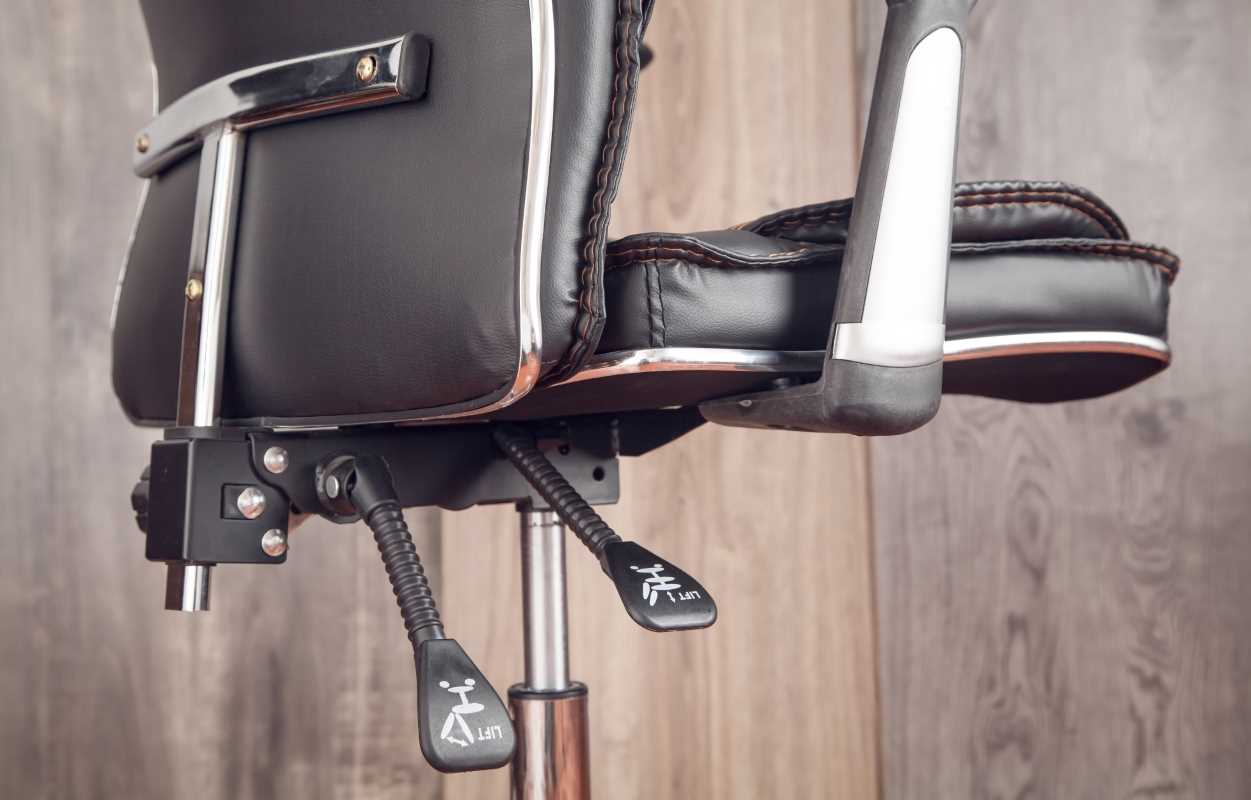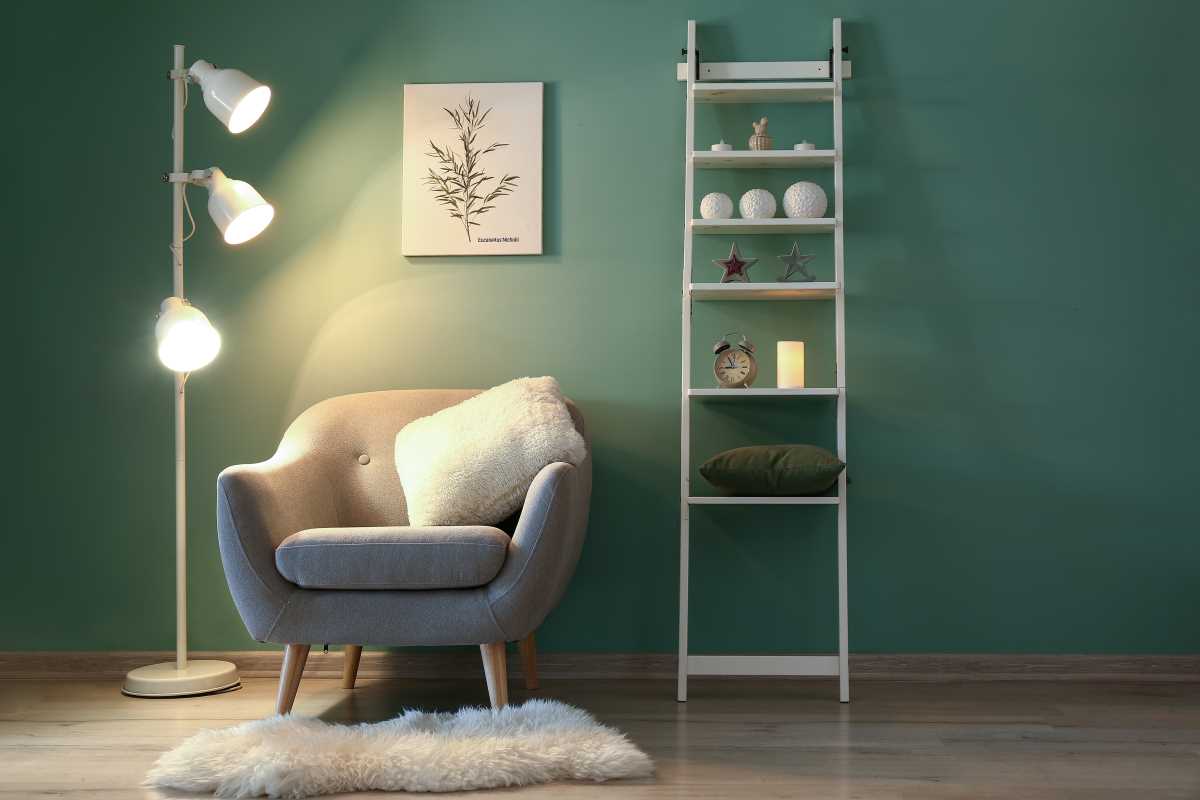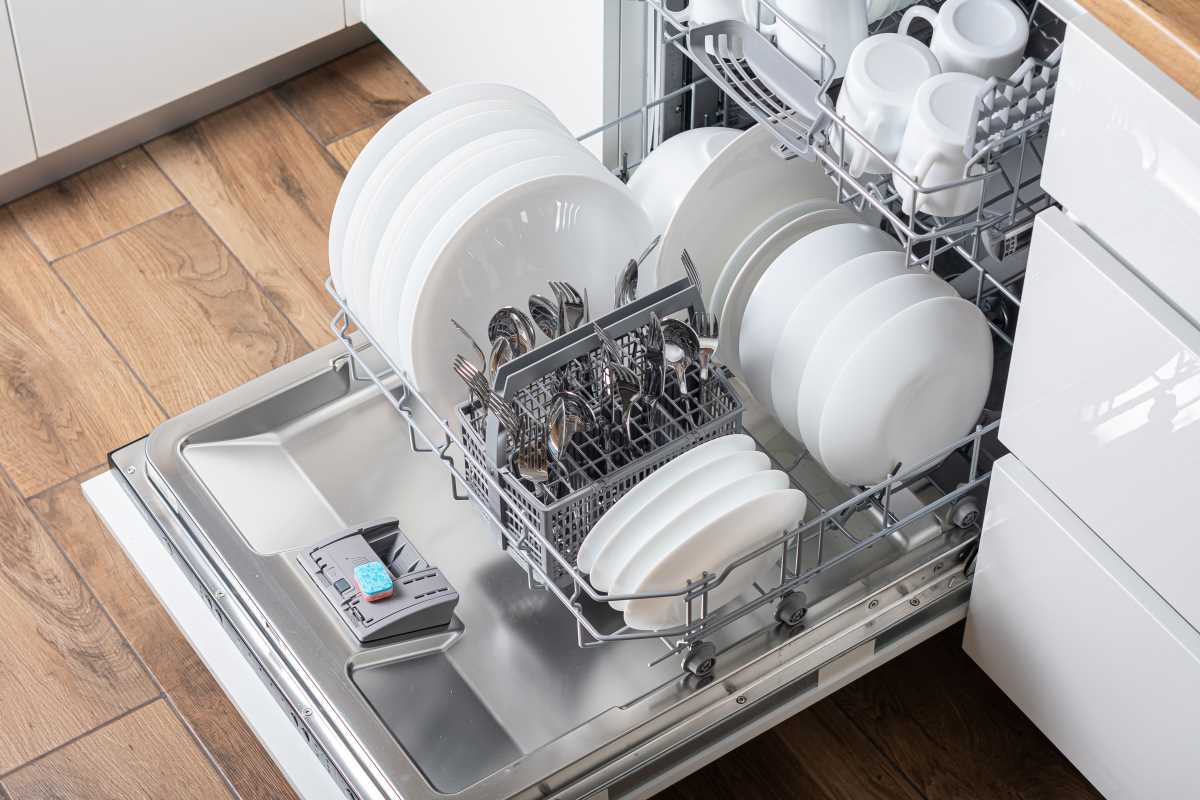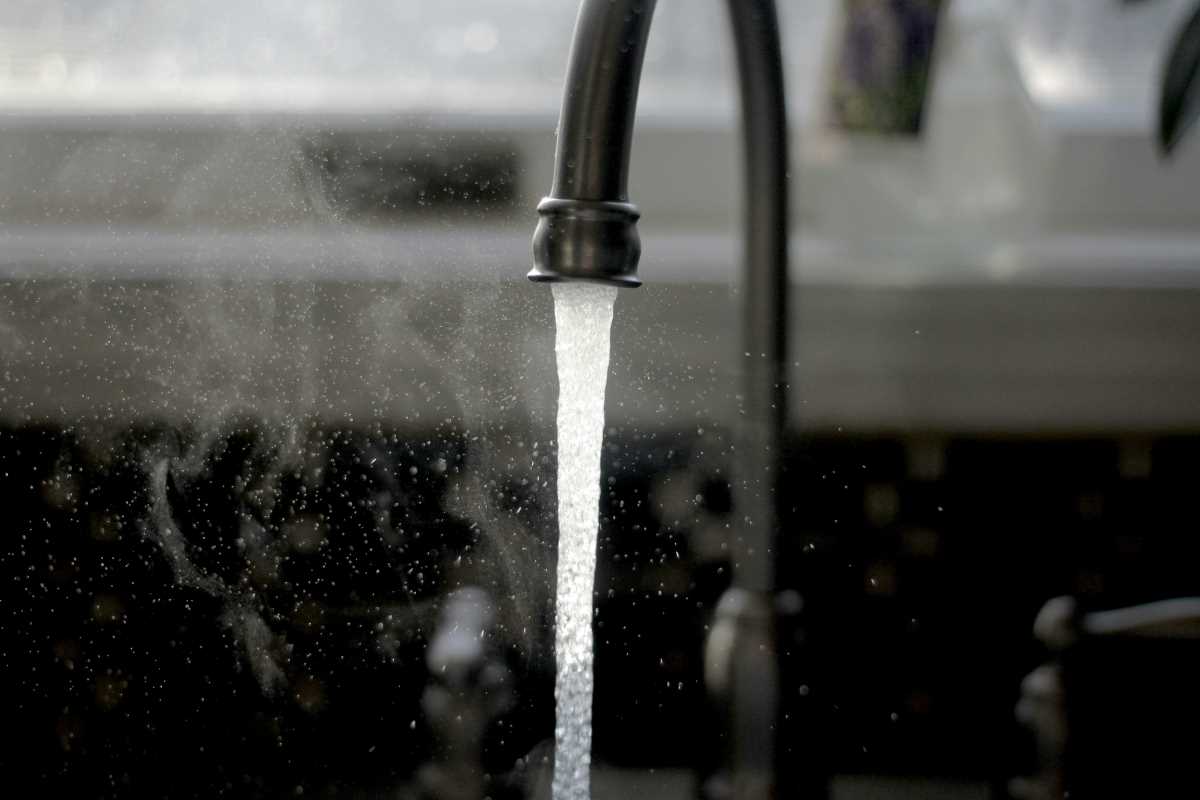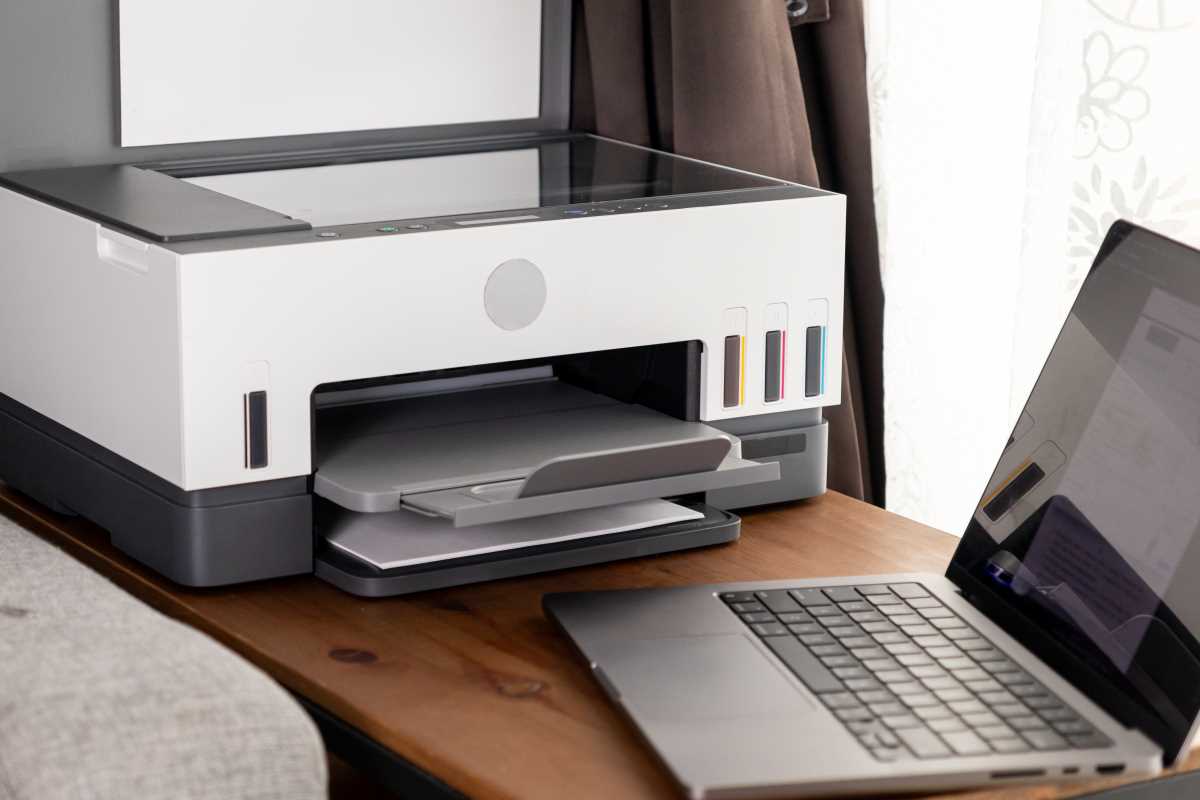A squeaky office chair can quickly turn from a minor annoyance into a major distraction. The repetitive noise can interrupt your concentration, making even simple tasks harder to complete. For those who spend long hours working at a desk, resolving this issue is essential to returning to a calm, productive environment. Fortunately, most squeaky chair problems can be resolved with basic tools and minimal time. Tackling these repairs not only restores quiet but also ensures your chair remains comfortable and functional for the long haul.
If you’ve been tolerating the squeaks, here’s everything you need to know to fix your office chair quickly and effectively. From identifying the root cause to carrying out maintenance and adopting preventive measures, these steps will ensure your chair continues to glide and swivel smoothly.
Understanding Common Causes of Chair Squeaks
Office chair squeaks don’t typically occur randomly; they’re often a sign of wear, misalignment, or lack of maintenance. Understanding what causes these sounds can help you pinpoint the problem with ease and select the right solution.
One of the most common culprits is loose hardware. Over time, repeated use of your chair can cause bolts, screws, or nuts to loosen, especially in areas that bear heavy weight or motion, such as the seat or armrests. The friction caused by small movements in loose parts often creates a squeaking sound.
Another frequent source of noise is insufficient lubrication. Chairs with wheels, swivels, or adjustable mechanisms rely on smooth-moving parts to function quietly. If these areas dry out, the resulting friction can make the chair creak or squeal with any movement.
Worn-out components, such as springs or cushions, can also lead to a noisy chair. Springs nestled inside armrests or recline mechanisms may develop tension-related issues over time, while compressed cushioning can generate rough sound as materials rub together. Age and wear can further exacerbate the problem, especially in frequently used chairs.
Finally, buildup of dust and debris in joints or moving parts can contribute to squeaking. Accumulated particles introduce friction and block smooth movement, especially in wheels or adjustable levers. Keeping these components clean and maintained can greatly improve your chair’s condition.
Step-by-Step Guide to Fixing a Squeaky Chair
Once you’ve identified the likely causes of the squeaking, it’s time to get hands-on. Each method below addresses a specific problem, and when combined, they can restore your chair to like-new condition.
Tighten Loose Hardware
Start by flipping your chair upside down or onto its side to access its base and undercarriage. Using a screwdriver or wrench, inspect all visible bolts, screws, and nuts holding the chair together. Gently wiggle the arms, legs, and backrest to determine where looseness occurs.
Tighten any parts that feel loose, taking care not to overtighten and strip the threads. When dealing with particularly stubborn screws or bolts, you may want to apply a thread-locking adhesive to ensure they stay secure.
Apply Lubrication to Moving Parts
For smooth, squeak-free motion, lubricating key components is essential. Use a lubricant, such as silicone spray or WD-40, to target areas where metal moves against metal or plastic. Focus on the following parts:
- The swivel base, where the chair spins
- The wheels, particularly their axles
- Levers for adjusting height, tilt, or recline
Hold a cloth or paper towel underneath the area you’re working on to catch any excess spray. After applying the lubricant, rotate or move the part several times to distribute it evenly. Allow the lubricant to settle in for a few minutes before testing the chair again.
Replace Worn-Out Parts
If your chair continues to squeak after tightening and lubing, it might have components that need replacing. Springs used for tilt or recline functions are common points of failure, and replacing them can often resolve persistent noise.
Similarly, if worn-out cushioning is rubbing and causing sound, consider replacing the affected cushion or padding materials. Many office chair manufacturers offer replacement parts for sale, or you can find generic alternatives online.
Clean Dust and Debris
Regular cleaning can prevent dirt buildup, a common cause of poor movement in chairs with casters and adjustable elements. Use a vacuum with a hose attachment or a can of compressed air to remove accumulated dust from hard-to-reach areas.
For wheels, disassemble them from the chair base if possible, and clean them with warm, soapy water. Once dry, lubricate the axles before reattaching them. Keeping wheels rolling smoothly will eliminate friction and the squeaky noises that often come with it.
Test and Reassemble
After addressing all potential issues, test the chair to ensure the squeaks are gone. Sit on it, swivel, adjust its height, and rock gently to ensure all motions are smooth. If satisfied, reassemble or tighten any parts that were temporarily removed during the repair process.
Tips to Prevent Future Squeaks
Once your chair is back in good working condition, you’ll want to keep it that way with a few simple maintenance habits. Regular care can stave off further issues, leaving you with a dependable and quiet seat.
- Start by establishing a routine for cleaning and inspecting your chair. Wipe down both metal and fabric surfaces with a damp cloth to remove dirt and use a vacuum to clear dust from small spaces. Don’t forget to clean the wheels, where buildup can quickly occur.
- Check for loose screws or bolts every few months, especially in parts that experience regular movement. Keeping hardware secure will prevent unnecessary wear and reduce the likelihood of noisy friction.
- Apply lubricant periodically to areas prone to drying out, such as joints, swivel bases, and wheels. Using a small amount before any noticeable noise arises will help maintain your chair’s smooth operation without extra effort.
- Avoid exposing your chair to humidity and temperature extremes, which can weaken materials or cause them to contract and expand unevenly. Place the chair in a stable, climate-controlled environment for extended durability.
- Finally, favor quality upgrades when replacing parts. Higher-quality components, including casters or springs, often feature better construction and longer lifespans, reducing maintenance needs in the long term.
